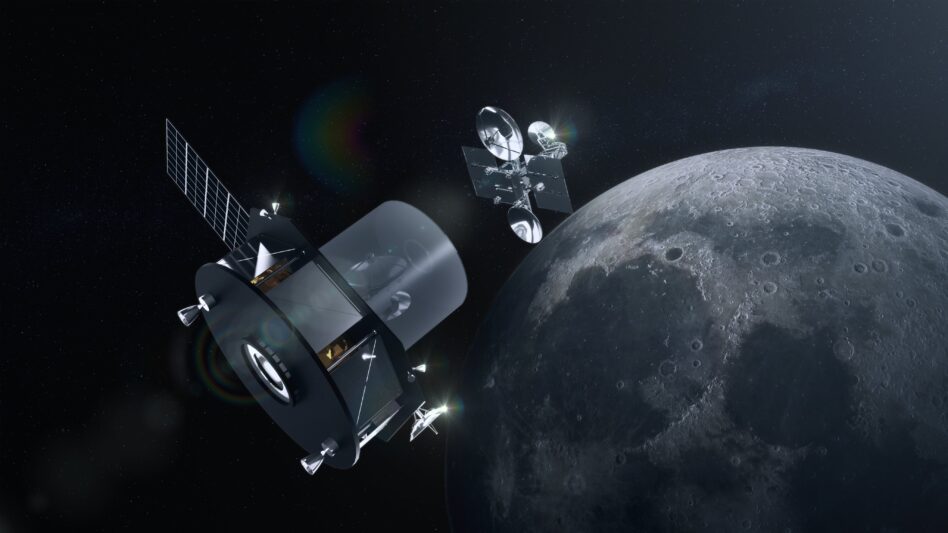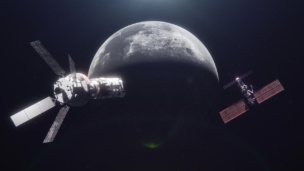Japan is among the planet’s top players in the game to get back to the Moon, and some of its most enthusiastic lunar exploration companies just announced a mission to do something Japan has never done before: lunar sample return.
ispace, inc. announced yesterday that it has teamed up with Japanese in-orbit transportation startup ElevationSpace to develop a private mission to return samples from the lunar surface. If successful, this would be the first time a Japanese mission will bring home a piece of the Moon.
“The reentry and recovery technologies being advanced by ElevationSpace are key elemental technologies for implementing lunar sample return,” ispace CEO Takeshi Hakamada said in a release. “We are confident that combining these with our orbital transport vehicle and operational technologies [that] we are developing to deliver payloads to the Moon will bring us closer to realizing a sample return.”
To the Moon and back: ispace has been trying for the last few years to land a spacecraft on the lunar surface, but so far it hasn’t been successful.
- The HAKUTO-R Mission 1 lander performed nominally until the last phase of landing in April 2023, when it ran out of propellant and plummeted to the surface, then lost communication with the ispace team on the ground.
- The second mission, HAKUTO-R Mission 2, attempted a soft landing in June 2025. Echoing the first attempt, the lander performed as designed until the very last phase of landing, when it once again hard-landed. A rover onboard the lander was expected to attempt to collect a lunar regolith sample, but the hard landing meant the rover never got the chance.
Collecting a lunar sample has been on ispace’s bucket list for quite some time. The company’s offices in Europe and Japan both won NASA awards worth $5,000 each in 2020 to collect regolith and sell it to the agency, with 10% paid when the contract was awarded, 10% paid upon launch, and 80% paid when the company could prove with photographs and data that it had collected a sample. The space agency’s purchase of lunar material is less about the regolith itself, and more about setting the precedent for extracting and using off-Earth resources.
After the second crash-landing, ispace conducted an investigation and concluded that a technical issue with the lander’s Laser Range Finder was at fault. The company says that the next landers will come equipped with visual sensors and additional telemetry to improve awareness on the way down and help prevent more crashes.
This time around: ispace and ElevationSpace are sharing the burden of pursuing a lunar sample return mission, from mission architecture, feasibility, and re-entry to business opportunities.
- The announcement specifically mentioned an OTV being developed by ispace using tech developed for the HAKUTO-R landers, as well as a reentry capsule that ElevationSpace is working on.




